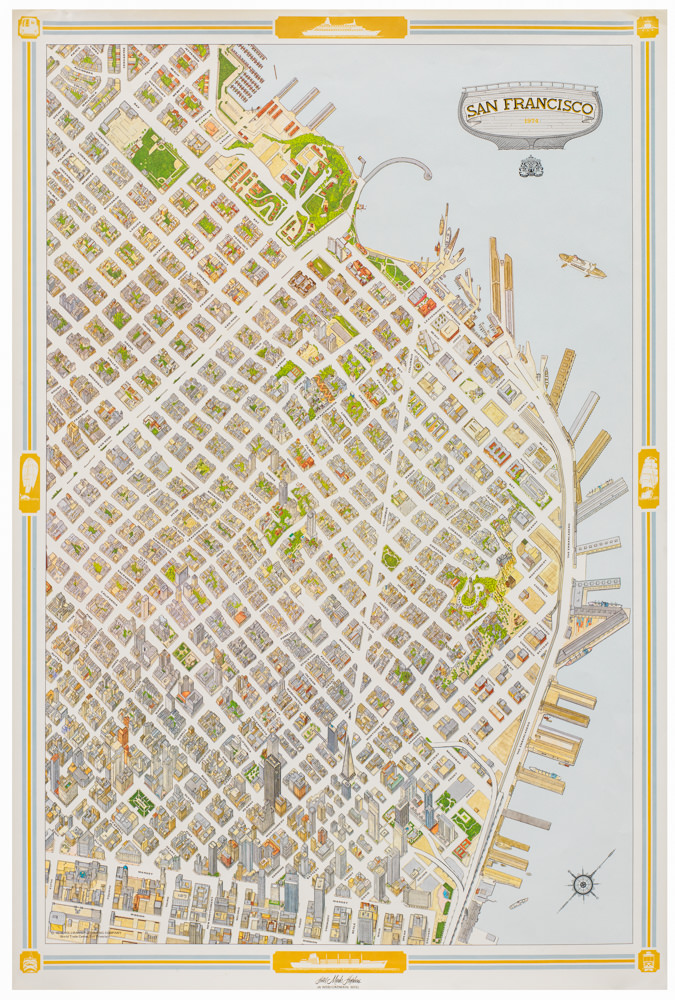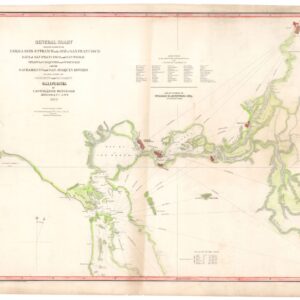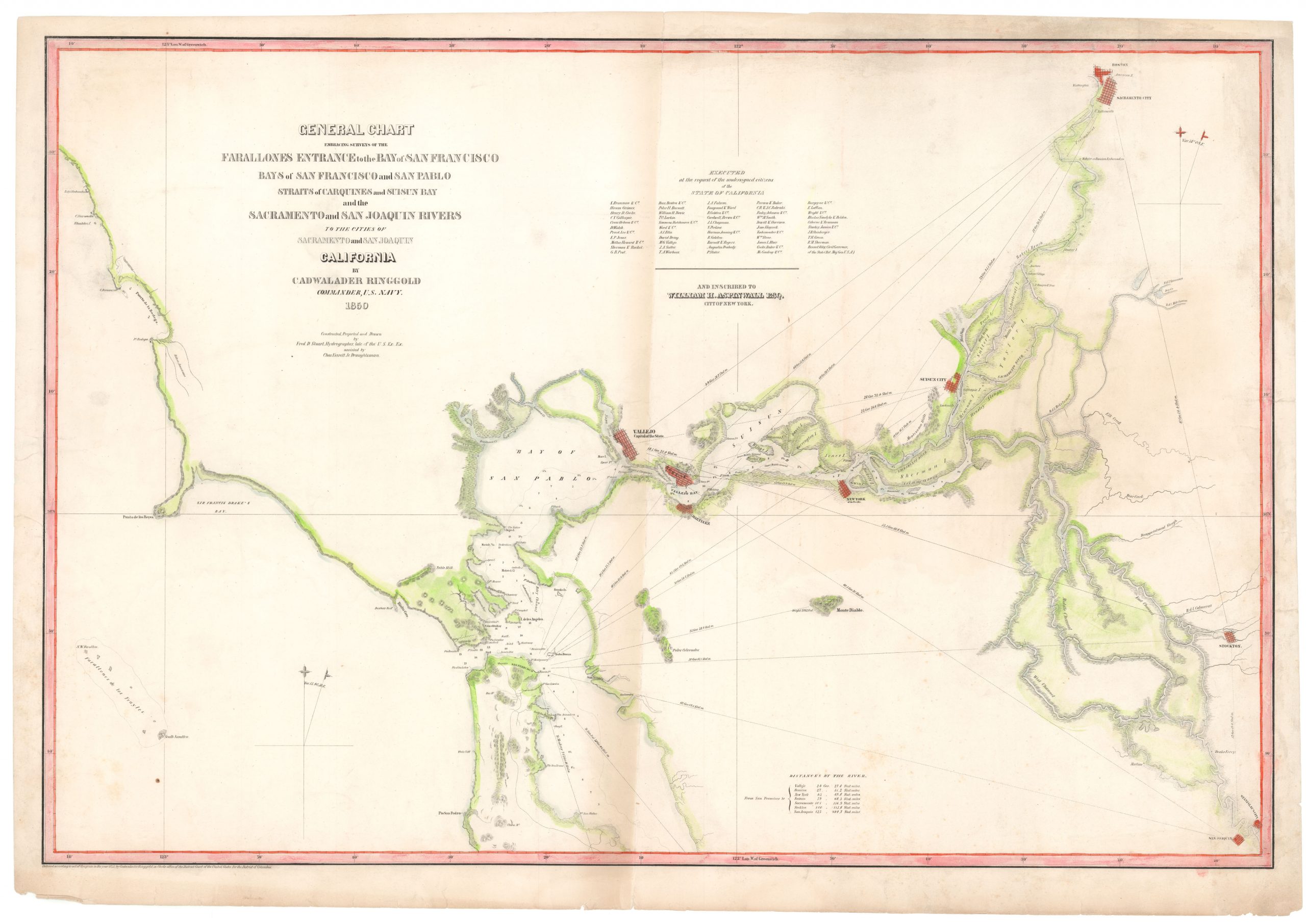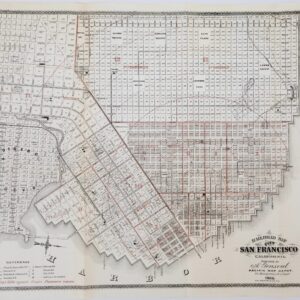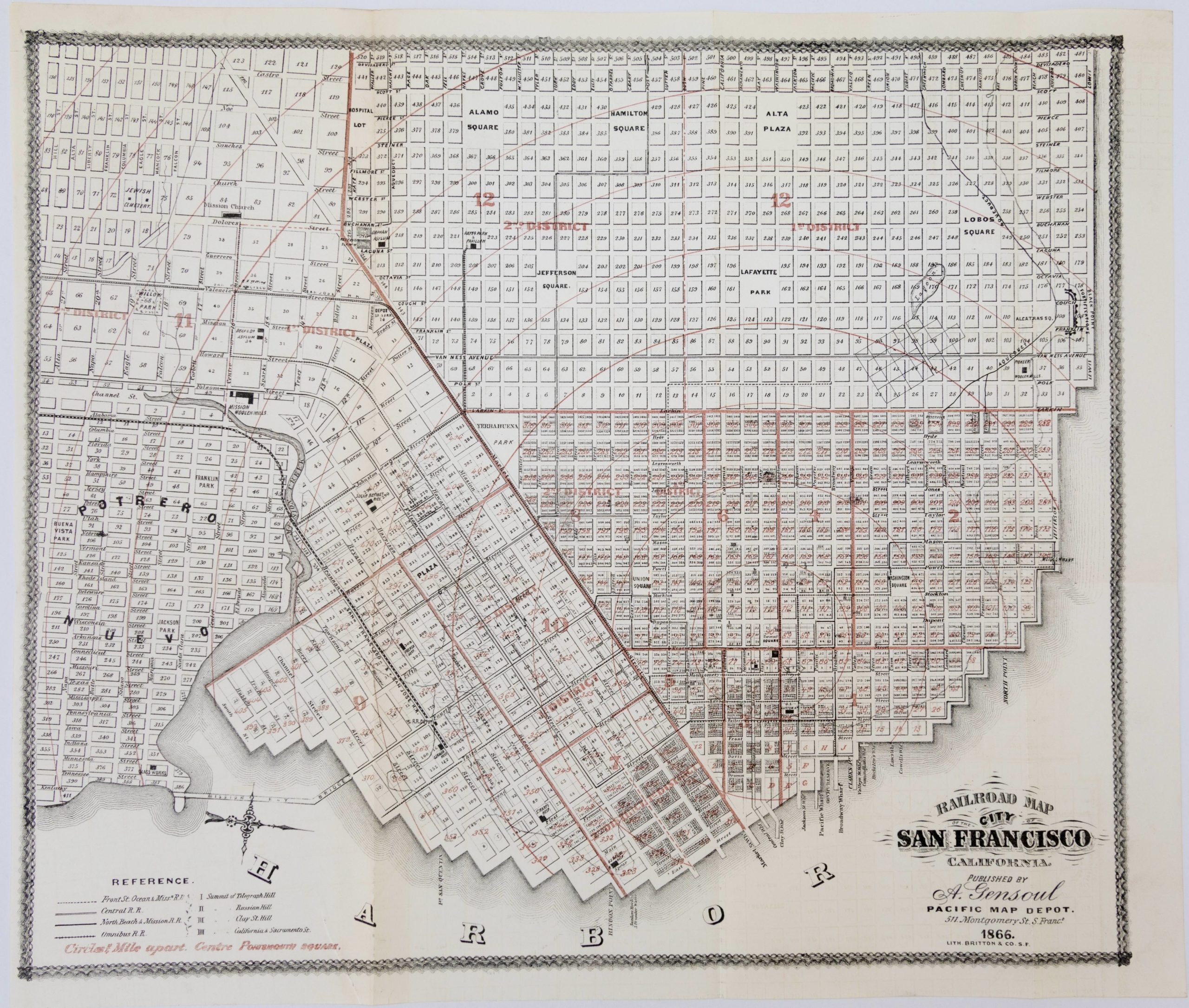Beverly Hills’ First Star Homes Map?
Street Map of Beverly Hills and Key Map to the Homes of the Motion Picture Stars and Other Celebrities.
$1,900
1 in stock
Description
This rare 1926 map showcases the early development and allure of Beverly Hills and Beverly Crest at a time when the region was cementing its reputation as a glamorous hub for Hollywood elites and affluent residents. It is quite possibly the first ‘Star Homes Map,’ a map genre that continues today.
A 2013 Los Angeles Magazine article by Los Angeles Public Library map librarian Glen Creason further discusses the map:
Several fascinating stories are told in this 1926 combination of real-estate come-on and map-to-the-stars homes that heralded the development of one of the most glamorous neighborhoods in Los Angeles. The flamboyant and tireless realtor George E. Read was selling the dream of “the scenic masterpiece” of Beverly Crest, where celebrities and other notables would live in idyllic splendor. Beverly Hills was already subdivided, and its winding roads and landscaping were in place to lure big money to one of the most beautiful natural places in Southern California. Originally part of Rancho Rodeo de Aguas, Beverly Hills took shape after the turn of the century under the direction of Burton Green and landscape architect Wilbur D. Cook. After the luxurious Beverly Hills Hotel was completed in 1912, stars began to look at this garden spot as a place to build their mansions and put down show-business roots. One of the first was the famed Pickfair estate built on a former hunting lodge site in 1919 by Douglas Fairbanks and Mary Pickford. Many other Hollywood luminaries followed suit, as showcased on the map.
George Read saw an opportunity and trumpeted to the Motion Picture crowd that “the windows of your homes will be beautiful paintings in themselves, framed vistas of the city of Los Angeles, the green Beverly Valley, the Santa Monica Mountains, and the blue Pacific Ocean.” Despite talkies being in the experimental stage and many of the stars just at the beginning of their careers, the amount of dough the film industry would generate in the coming years led to a real estate bonanza. Read, and others would see his fantasy become a reality. At the same time, buses and cars of gawkers followed the handsomely tailored landscapes shown on maps with hopes of catching a glance at stars like Charlie Chaplin, Lillian Gish, Harold Lloyd, Gloria Swanson, Lionel Barrymore, Theda Bara, and Buster Keaton, who at the time was starring in his big hit of 1926: The General. Even Rudolph Valentino, who would die within the year, has an address listed. The “other notables” listed are big oilmen like Earl Gilmore, Edward Doheny Sr., and Jr.; film directors like King Vidor, Thomas Ince, and Ernst Lubitsch; and the incomparable screenwriter Frances Marion with hubby and silent cowboy film star Fred Thompson. Even the famed auto racer Barney Oldfield is shown to have taken a place on Foothill Road. Cars and buses still tool around the neighborhoods represented on George Reed’s map today.
Another fascinating note about this map was relayed to me by Philip Curtis of The Map House in London:
On the verso, in the background of the image of Harold Lloyd’s estate and Valentino’s house, on the hill behind, BEVERLY TERRACE is spelled out in giant letters identical to the contemporary rather more famous Hollywoodland sign. Like its neighbor, it was only intended as a temporary realtors advertising sign and obviously, in this case, removed sometime afterward and seemingly then wholly forgotten. When I attempted to research this map a number of years ago, this image of the sign was the only reference I could find anywhere. An interesting curiosity!
Census
This map, produced by George E. Read, Inc., was published in Beverly Hills, California. It provides a detailed layout of the Beverly Hills Foothills, including subdivisions like Beverly Crest, Beverly Estates, and Beverly Terrace.
This appears to be the first edition of the map, with a second edition printed in 1929. Both editions are rare on the market. WorldCat (OCLC #32266951) lists only three holdings of the 1926 edition: Columbia University Libraries, Indiana University, and UC San Diego. To this, we can add an example in the David Rumsey Collection at Stanford University.
The Rumsey edition has the same main title, but it is a variation focusing on the Willat Park subdivision rather than Beverly Crest. It is unclear how many variations were produced.
The 1929 edition is rare, with only one record in the Wisconsin Historical Society Archives.
Cartographer(s):
George E. Read was a notable real estate developer and entrepreneur in Los Angeles during the 1920s and 1930s. He played a pivotal role in shaping upscale neighborhoods in Beverly Hills, particularly the Beverly Crest area. In 1923, he acquired an 80-acre property in the Santa Monica Mountains and transformed it into the Beverly Crest community, which he marketed as a scenic and exclusive residential enclave. This area became a sought-after destination for Hollywood stars and affluent individuals.
Read was known for his innovative marketing strategies, which included producing detailed maps that highlighted the homes of motion picture celebrities. These maps not only served as real estate promotional tools but also tapped into the growing public fascination with Hollywood’s elite, making them some of the earliest examples of celebrity home maps. His developments, such as Beverly Estates and Beverly Terrace, were designed with modern infrastructure like paved streets and underground utilities, appealing to wealthy buyers seeking luxurious lifestyles.
Condition Description
Minor loss along fold lines. Printed on strong, pinkish paper.
References
![Flag Map of California [Signed in pencil by W.J. Goodacre]](https://neatlinemaps.com/wp-content/uploads/2022/01/NL-01134_thumbnail-scaled-300x300.jpg)
![Flag Map of California [Signed in pencil by W.J. Goodacre]](https://neatlinemaps.com/wp-content/uploads/2022/01/NL-01134_thumbnail-scaled.jpg)

